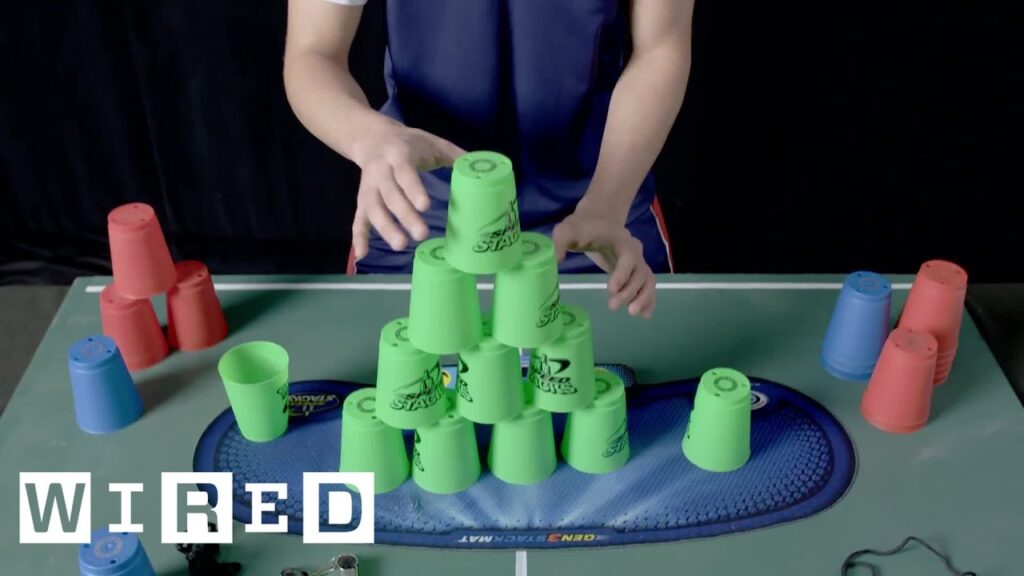Stone Skipping: The Art and Science Behind It
Summary
In this article, we explore the fascinating world of stone skipping. From the technique involved to the physics behind it, we delve into the complexities of this fun activity that can become a serious competition. We also look at the world record holder and his particular stone selection process. Lastly, we discuss the practical applications of studying stone skipping.
Table of Contents
- The Technique of Stone Skipping
- Understanding the Physics of Stone Skipping
- The World Record Holder and His Stone Selection Process
- Practical Applications of Studying Stone Skipping
- Conclusion
The Technique of Stone Skipping
Stone skipping is not just about picking a good stone. There are many grips and stances to consider for distance, power, and number of skips. The key is to swap the water as hard as possible with the rock as flat as possible. To improve technique, it is suggested to throw harder, trail the hand, delay the start of the throw, and make contact with the water close to oneself.
Understanding the Physics of Stone Skipping
To understand how many skips are possible, it is important to know how a skip works. The spin of the stone causes gyroscopic stabilization, which holds the attack angle of the rock with respect to the surface of the water. When the stone hits the water, it deforms the water and creates a wave, which the stone rises up on and creates lift. This process repeats for a good rock skip. Studies on stone skipping have been conducted at the Splash Lab at Utah.
The World Record Holder and His Stone Selection Process
The world record holder, Kurt Steine, is very particular about his stones and uses different shapes for different skips and different conditions. He collects his stones from Lake Erie, a few hours from his home in Pennsylvania. The outer edge of the stone is the most critical part because it almost never touches except around a.
Practical Applications of Studying Stone Skipping
Stone skipping is a complex mix of skill, athleticism, and fascinating physics. The optimal angle for a disc to skip on the water’s surface is about 20 degrees for both the attack angle and velocity vector. The maximum number of skips one can get is based on the spin rate, velocity, and impact angle. There are practical applications of studying stone skipping, such as for a spacecraft that bounces off the atmosphere to keep itself out or for a soft landing on the moon of Titan.
Conclusion
Stone skipping is a fun activity that can become a serious competition. The current world record is 88 consecutive skips, but the limit is not yet known, and it could be higher than that. The technique involves throwing the stone at a specific angle, using a specific type of stone with a flat or slightly rounded surface, and holding it in the right way. Stone skipping is a complex mix of skill, athleticism, and fascinating physics, with practical applications in the field of space exploration.







